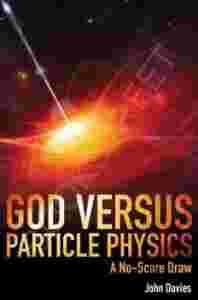GOD VERSUS PARTICLE PHYSICS: A NO-SCORE DRAW

Aukcja w czasie sprawdzania była zakończona.
Cena kup teraz: 108.15 zł
Użytkownik bookstreet
numer aukcji: 4358959448
Miejscowość Kalisz
Wyświetleń: 3
Koniec: 23-07-2014, 6:30
Dodatkowe informacje:
Stan: Nowy
Okładka: miękka
Kondycja: bez śladów używania
